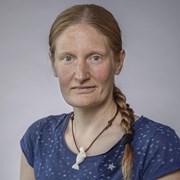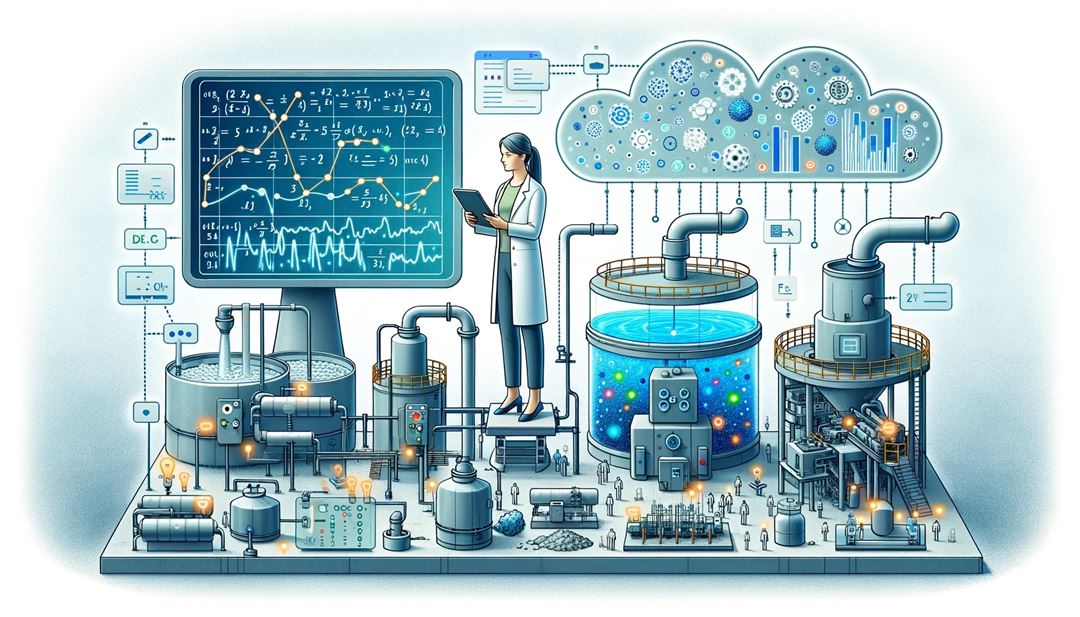The majority of Norwegian industries are still a long way from being able to adopt AI and machine learning methods in their daily operations. One of the main barriers is the lack of robustness and trustworthiness of existing methods, particularly when applied to physical processes. PhysML will contribute to solving this challenge by combining machine learning models with the geometric properties of mathematical models in a hybrid analytics framework that alleviates the weaknesses of both individual approaches by leveraging their complementary strengths.
Industrial data often originates from sensors or manual measurements that can suffer from low quality or quantity, hindering pure data-driven approaches. However, industrial data frequently describes physical processes which are governed by the laws of nature and can thus be modelled. When such models exist, they are based on first principles, making them trustworthy but lacking the flexibility of data-driven approaches.
PhysML will work towards two goals:
- Use machine learning to gain physical knowledge about the systems.
- Use physical knowledge to obtain machine learning models that are open, trustable, robust, and flexible.
A fundamental innovation in our approach is to utilize the assumed underlying structures of the system, such as symmetry or preservation of energy, and thus build on the established field called geometric numerical integration, which is the study of how to incorporate such structures in mathematical models. The national and international academic partners are among the world’s foremost experts in geometric numerical integration and physics-informed machine learning, respectively. Partnership with Elkem, who produces silicon materials, and Veas, who do wastewater treatment, will ensure industrial relevance. The use cases will be on development and testing of algorithms within the areas of predictive maintenance, control and process optimization.



